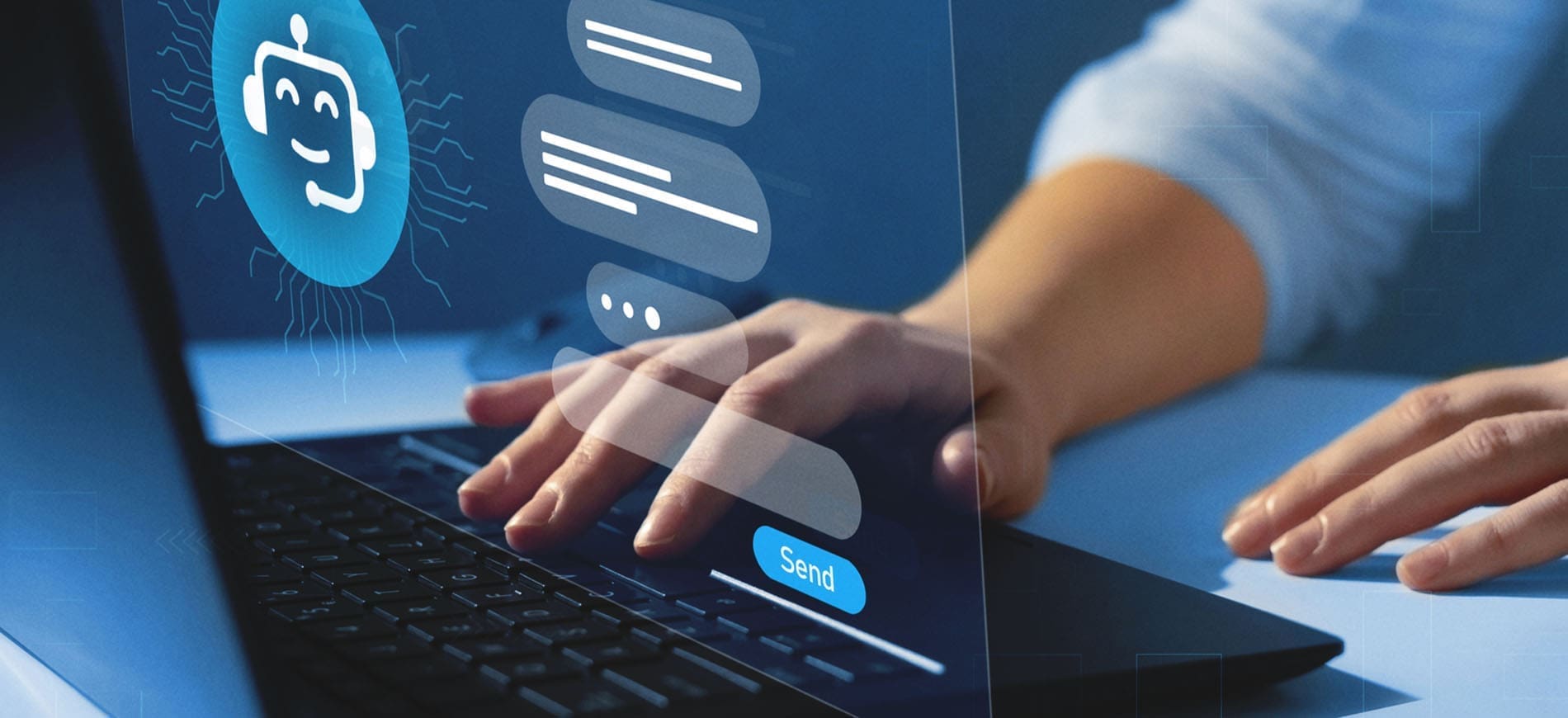-
Articles + –
Festivals 2014: A summer of high tech
Big-name music festivals are an adventure for the senses. Those who have gone to these festivals – and there are many who have – describe them as intense experiences that seem to exist outside of known society. They bring out the best in people. They bring out the worst in people. They connect people in ways they never imagined. They’re chaotic, fleeting, surreal, euphoric, and transformative.
They’re also increasingly technological.
Summer 2014 was a momentous season for new technology, arguably marking the first time its “cold” hum aligned with the visceral beat of the music festival. Yes, selfies, tweets, #hashtags and Instagram photos have pervaded these events for a few years, but the medium has never before been a selling point or revenue generator like it was during the 2014 season.
According to Mintel’s Entertainment Venues, US, 2013 report, two thirds of adults attended a festival during a 12-month period beginning in 2012 and ending in 2013, equating to a group of nearly 72 million people. What’s more, attendance at music festivals increased more than 18% from 2010 to 2012, and attendance at large music festivals in 2014 neared or exceeded one quarter of a million people. Such festivals have become a rare occasion when entertainment companies, venues, and marketers can reach masses of people, and these numbers don’t even account for online reach; Coachella, for example, racked up 1.6 million tweets in its first weekend alone.
One of the most innovative technologies to hit the live entertainment scene this year was Lollapalooza’s cashless wristbands. Perhaps inspired by Disney’s MagicBands – wristbands that serve as hotel keys, mobile wallets, and entry tickets – Lollapalooza’s wristbands were equipped with waterproof radio-frequency identification chips that could be linked to debit and credit cards. Attendees were able to pay with the wristbands at any of the festival vendors by simply tapping the chip and entering their PIN – a process that both reduced wait times and let attendees “Just Lose It” to rapper Eminem, without the fear of losing their cash.
The wristbands were a broad success. Though Lollapalooza did not report the number of wristband transactions processed, it did reveal that more than 67% of wristband registrants signed up for the cashless feature. Perhaps most telling, however, was the primary complaint from users on Twitter: “Stopped counting #lollacashless receipts at 27…. Sure was easy to rack it up!”
Lollapalooza was not the only festival to cash in on payment technologies in 2014. Citing data that one third of festival goers do not make purchases because they don’t have enough money, PayPal has been using festivals to push its mobile app. The company has equipped a number of festival vendors with special point-of-sale systems, and it has been offering festival attendees considerable discounts on purchases.
Ticketfly also threw its hat into the ring in August when it acquired the WillCall app. Though WillCall is best known for curating concerts, it launched an on-premise mobile payment feature called BarTab in January 2014. Thanks to Bluetooth technology, customers can use the feature to purchase alcoholic beverages simply by saying their name to a bartender, who then finds them in the BarTab system.
Other notable innovations include a wristband that sends requests to new-found friends on Facebook, a wristband that connects users to mobile internet stations, and apps that help attendees find everything from food to friends.
To say that music festivals present massive marketing and sales opportunities is an understatement. Even though summer festival season is wrapping up, venues and entertainment companies can still learn from these examples and use them to springboard 2015 planning. The technological landscape may change in a year, as it often does, but these products have benefits that are a timeless in nature: They meet a customer need (i.e the desire not to waste time in line or to lose a wallet.) They complement or enhance the festival experience without intruding or detracting. They easily and seamlessly integrate into consumers’ lives. They function when, where, and how they are supposed to, disappearing from the foreground of consumers’ minds they’re not needed. Also, they’re pretty darn cool, meaning that customers want to use them.
In other words, venues must continue to add to the human experience, tapping into consumers’ desires to connect with others, to feel something new, to experience something different. Of course, this human experience does not require technology, but the two are no longer differing concepts either. Companies that can take the human-techno cocktail and mix it with the right amount of genuine customer service, live entertainment offerings, and human interaction should not only increase revenues, but also catapult their brands into consumers’ ever-singing and ever-dancing hearts.
Lindsey Rogers is a Junior Analyst at Mintel. In addition to writing stories for Mintel’s daily news alerts, she produces sections for multicultural, lifestyle, leisure, and travel reports.
-
Mintel StoreGet smart fast with our exclusive market research reports, delivering the latest data, innovation, trends and strategic recommendations....View reports
-
Mintel LeapMintel Leap is a revolutionary new AI-powered platform that will transform your research process....Book a demo
















![[LISTEN] Tech at Mintel: A Tech Leader’s Journey to Success and Inclusion](https://www.mintel.com/app/uploads/2023/08/Tech-at-Mintel-Sound-Waves-Podcast.jpg)






















